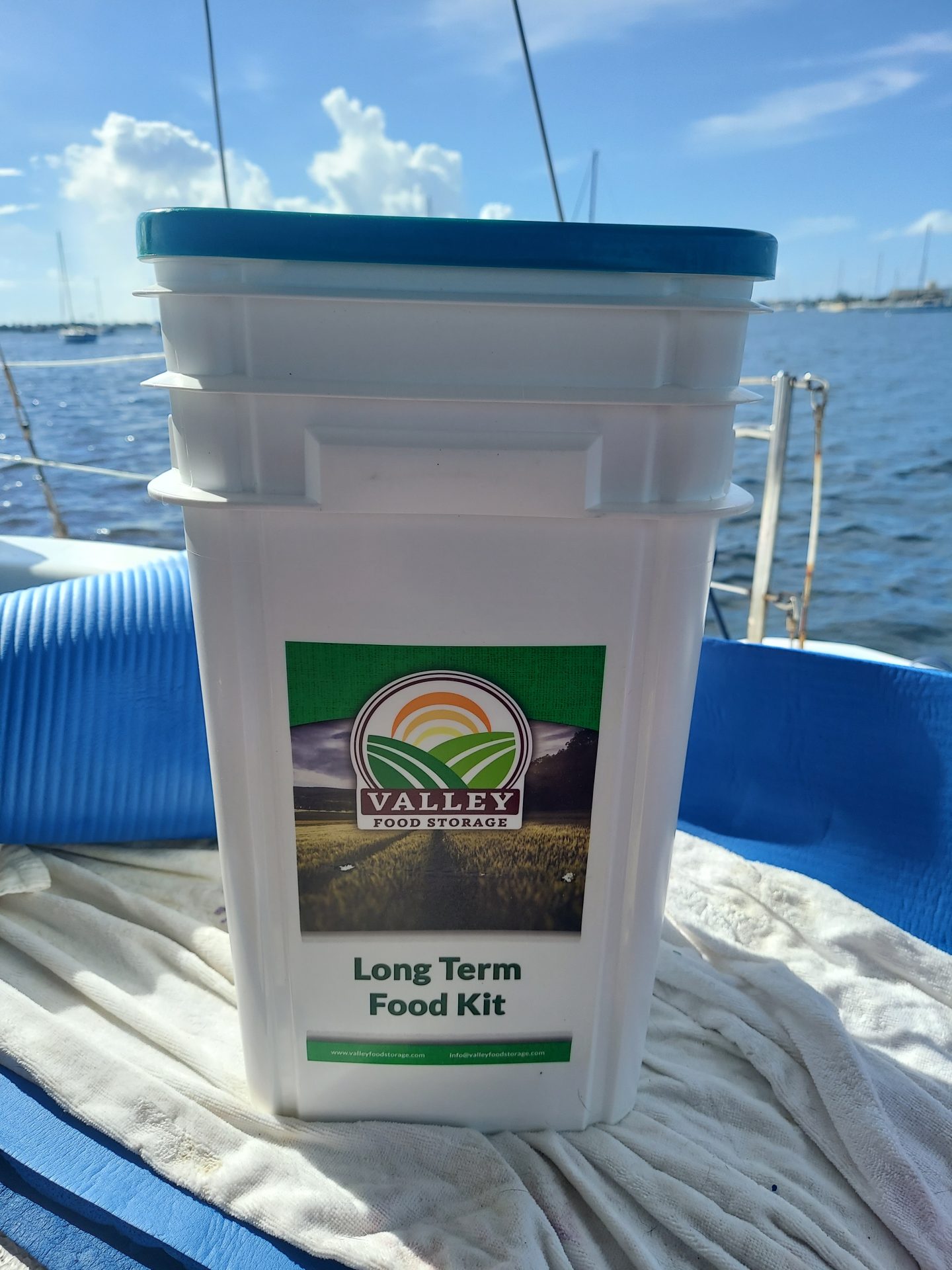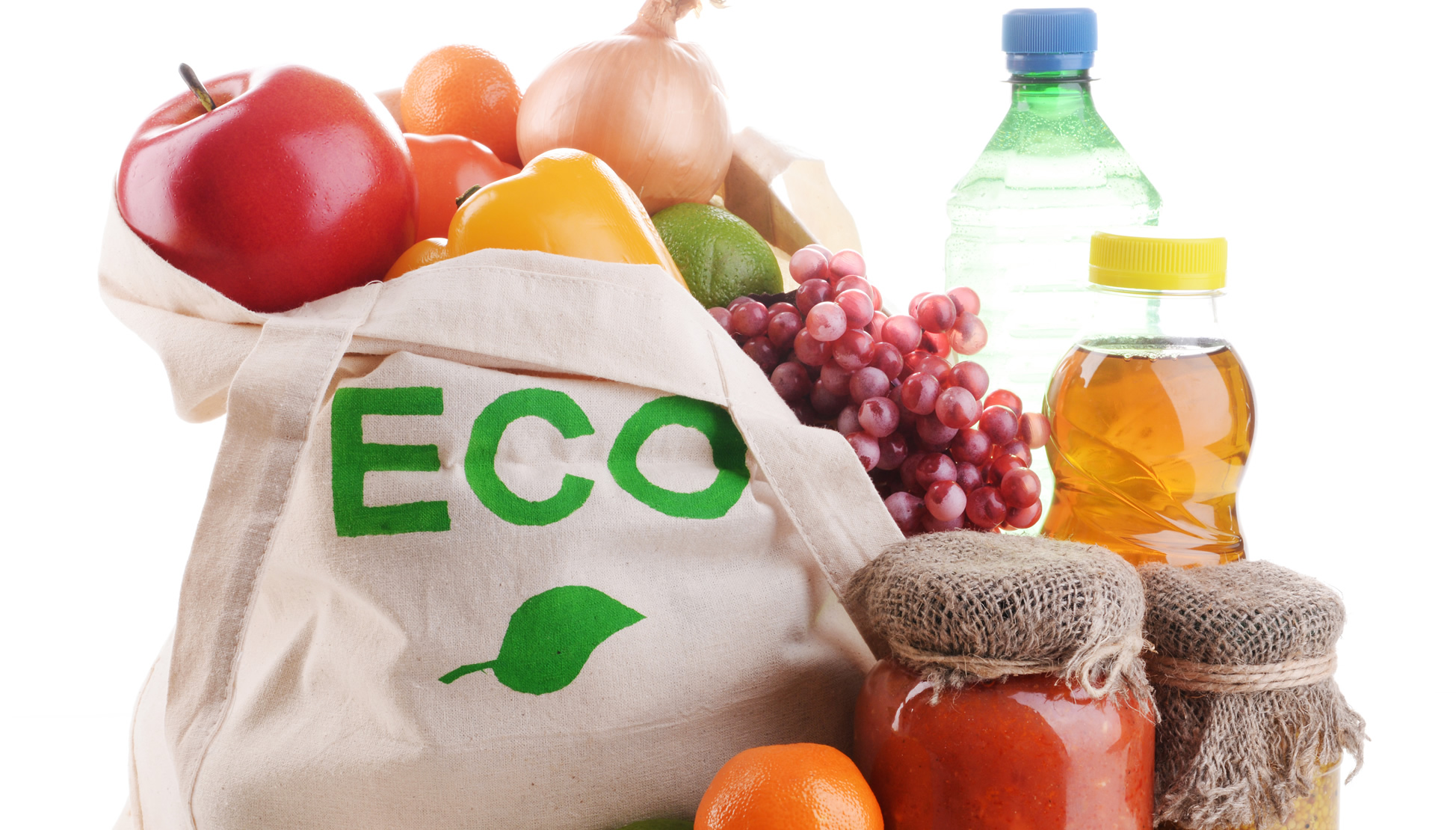Over the last few years I’ve been testing and playing with a number of different ideas for long term food storage. I’ve finally settled on our strategy for long term food storage when we get ready to leave Key West.
I’ve got multiple goals when thinking about long term food storage and sources:
- Self sustainability while away from society. I have a number of areas in the world I want to hit that are fairly isolated. I need to have the ability to store months worth of food at a time and be able to live with what is on the boat. This includes having a watermaker, solar and wind power generation, and to have a core staple of food items that don’t require refrigeration.
- Economic issues. The whole basis for moving onto a boat, and a sailboat in particular was my negative view of the economic path ahead of us. I’m able to stockpile resources in the time left to me as an earner for what I think are going to be hard times in the future. Solar panels for energy production, sails for movement, hard assets – all things I can pay for now that will be usable in the future. Having a core stock of calories for the future is a main ingredient to this strategy.
- Mental wellness. I just do better when I know I have a safety net built that’s not reliant on anyone else.
Freeze Dried Foods
Deciding on the best means of preserving and storing food was the first challenge. The extremely humid environment of living on the water has raised many issues with corrosion that I’ve had to deal with. Anything metal will rust in a short time, even food cans (unless wiped down in oil or some type of preservative which becomes a mess). My solution was freeze dried foods which come in resealable bags.
The next thing was to consider how the foods were preserved. Ever since my sickness (diabetes) in 2008 I’ve tried my best to stay away from overly processed foods. I didn’t want my core food staples to be made up with a lot of chemicals.
We tested a number of food providers and made a decision to go with Valley Food Storage . The decision was based on food taste, storability (25 year lifespan), food variety and ingredients. This is not a paid sponsorship just what I found worked for us. All food items were labeled with ingredients and clearly marked with any food allergy issues. I have so many projects going on (that all cost money) so can’t afford to just buy a years worth of food in one go. We’ve come up with a strategy of buying a month’s worth of food at a time, every other month.
For two people, I’ve figured on the 175 serving kit when supplemented with fresh/frozen/preserved meats. We do have a 60 quart deep freezer to store meats and other frozen food items (along with a 50 quart freezer for ice etc and a 90 quart fridge) and we can purchase tuna in bags (vs cans which I found out rust easily) to add to the freeze dried foods. Each of these kits run me $400. The kit consists of:
- 7 pouches of breakfast
- 10 pouches of entrees (a pouch will usually give 2 to 3 full meals)
- 2 pouches of protein (usually cheese)
- 2 pouches of vegetables
I like spicy food. As with all places that are trying to appeal to wide range of tastes I found the meals were a little bland. This is easily countered by having a wide range of condiments to add to the meals to add flavor. On my month long trip down the Keys I found having a variety of foods was key to happiness, so being able to modify the character of a meal by adding a different sauce or spice is a life saver.
Unpacking The Freeze Dried Food Kit
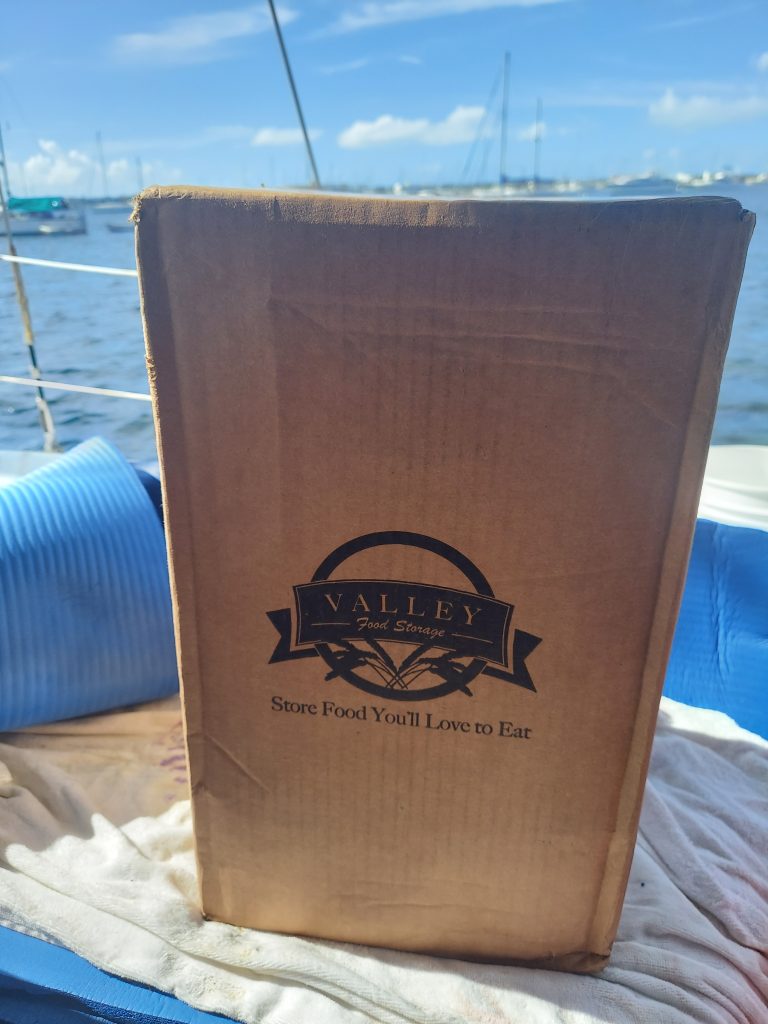
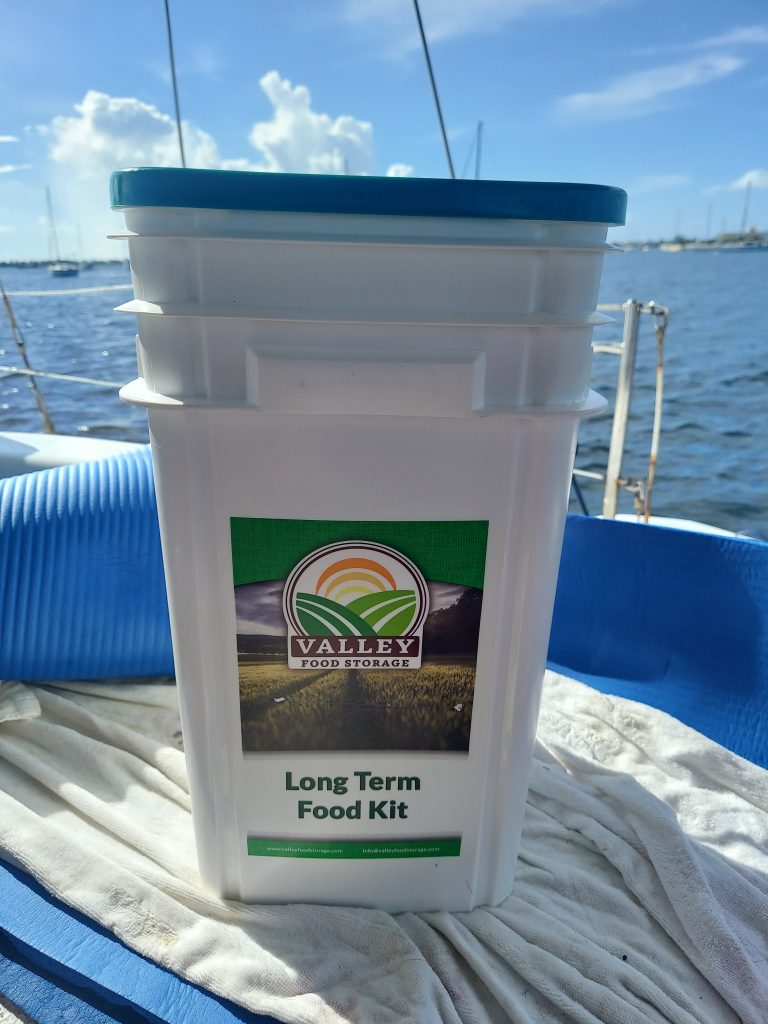
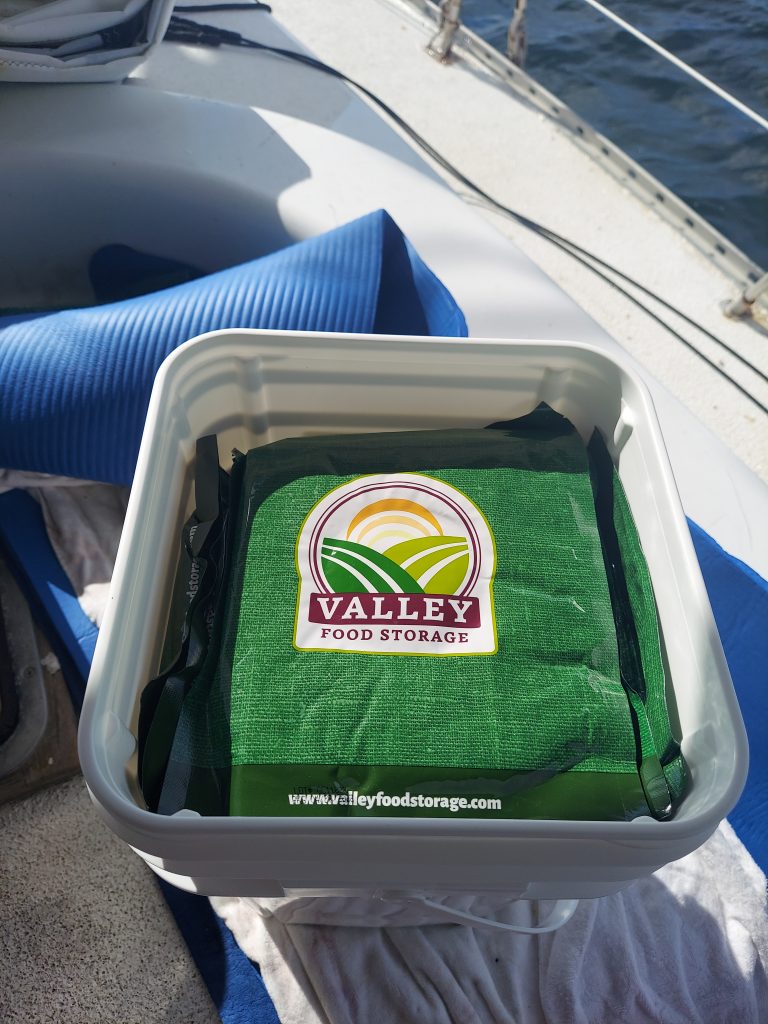
These were all the items sent in this kit. It varies from kit to kit which adds a randomness to the menu that I like. As you can see each item is clearly labeled with ingredients and marked with any allergy issues.


















I’ll build up the collection to be 12 months worth of food always on the boat.

